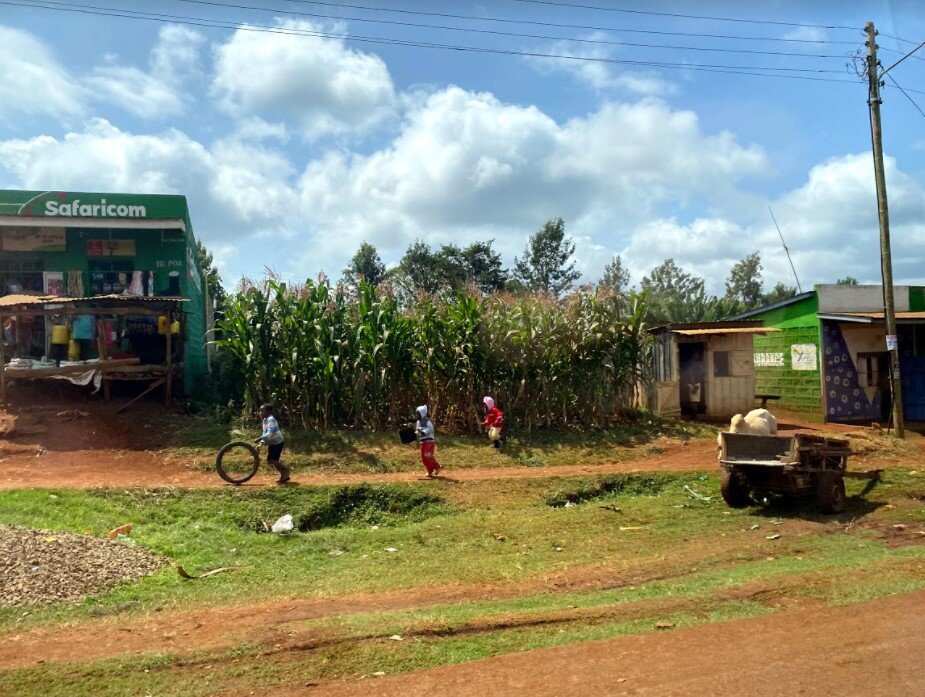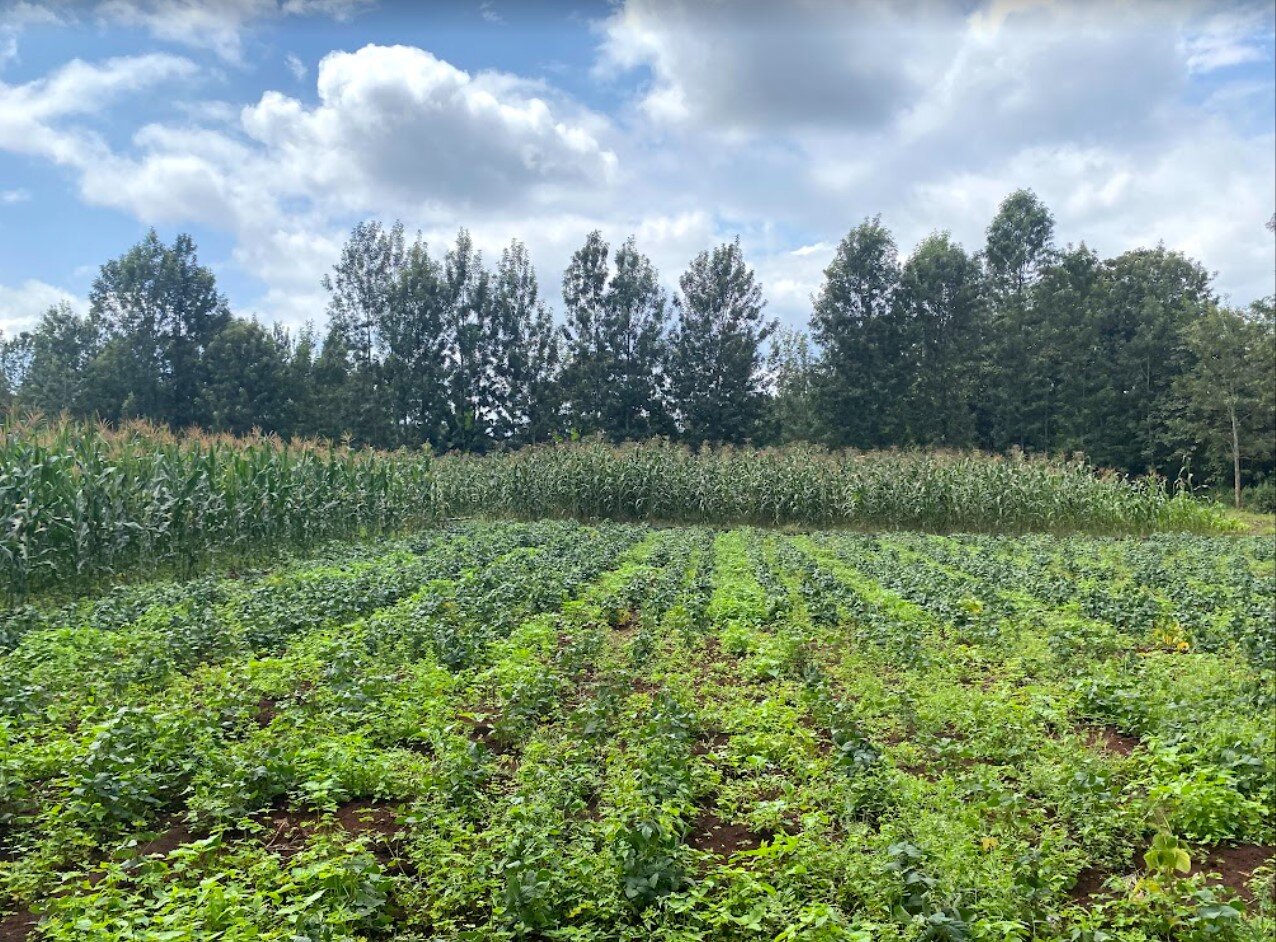How Do You Live? - a 1930s Japanese YA book about progress
How Do You Live? by Genzaburo Yoshino is a novel aimed at young people released in Japan in 1937 (1). I read it over the past week, and was struck by how many themes in it relate directly to Progress Studies (2). I’d recommend it for people interested in how fiction can be used to inspire big-picture thinking about human progress, especially for ~8-14-year olds.
The vastness and importance of progress: The book explicitly deals with the “vast and marvelous prospect” of human progress across thousands of years. A major moment of growth for the main character is realizing how much he is dependent on the thousands and millions of other people in the world to bring him as simple of things as wool clothes and milk. He is encouraged by his uncle to be a producer, not just a consumer, and is taught by his uncle that the ancient Japanese learned from Greek, Persian, and Indian cultures, and then “the Japanese people, too, advanced the progress of the human race in their Japanese way.”
The difficulty of progress: There is an extended scene where his uncle explains to the main character that the inspiration Newton had in watching an apple fall was not enough - he then had to do the hard work of actually understanding what a falling apple has to do with planetary movement, and formalize it in math. “[T]he things that we call obvious are tricky. When you think about a thing as if it were self-evident and follow it wherever it may lead, soon enough you run into a thing that you can no longer call self-evident.”
The importance of using greatness to improve humanity: Human progress is visualized as a great river. Some people help push that river forward either on purpose or accident. But “there are more than a few who may be called great or heroic, but instead of advancing the flow, they work instead to try to reverse it.” Napoleon is given as an example of someone who, despite his brilliance and determination, “transformed into something harmful to the proper advancement of society.” The main character is admonished to become someone who is both able to achieve greatness, and then willing to channel that greatness into the advancement of humanity.
The beauty of science: The main character thinks of the all the people in the world as a molecules in a vast sea. Schoolkids have debates about the nature of electricity then look up the truth in their textbooks. Scientists like Newton and Copernicus are used as instructive examples for finding out about the world. Throughout, the book stresses the importance of building your own mental models about how the world works, and then checking those models against reality and work already done by others (though Yoshino doesn’t use this language),
This book is great for understanding how people 90 years ago, in a different culture conceived of progress and communicated it to young people. I could imagine this book being great for American kids to think about progress (as well as character, ethics, and for exposure to literature from other cultures). And I think it serves as a good model for the type of communication that people involved in Progress Studies now could be engaged in (3).
—
1. I was introduced to the book because Hayao Miyazaki is currently making a movie of the same name, which is either an adaptation of this book, or features this book as a plot point
2. Progress Studies is a great, recently started intellectual movement aiming, in the words of Jason Crawford, “to understand the causes of human progress, so that we can keep it going and even accelerate it.”
3. Historical aside: The historical backdrop of Japan at the time is fascinating and important to understanding both the story itself and the context in which it was written. As the translator’s note at the end says:
During this time Japan was becoming increasingly militaristic and authoritarian. In 1925, Japan passed the Public Security Preservation Law, making it illegal for anyone to say or write things that were critical of the government. A special branch of the police was created—the Tokko, also known as the “Thought Police.” They spied on political groups and arrested thousands of people for their progressive ideas, especially those interested in socialism and communism.”
The characters in the book push back against this restriction of thought, and the book itself teaches to think for yourself and stand up for what you believe in.



